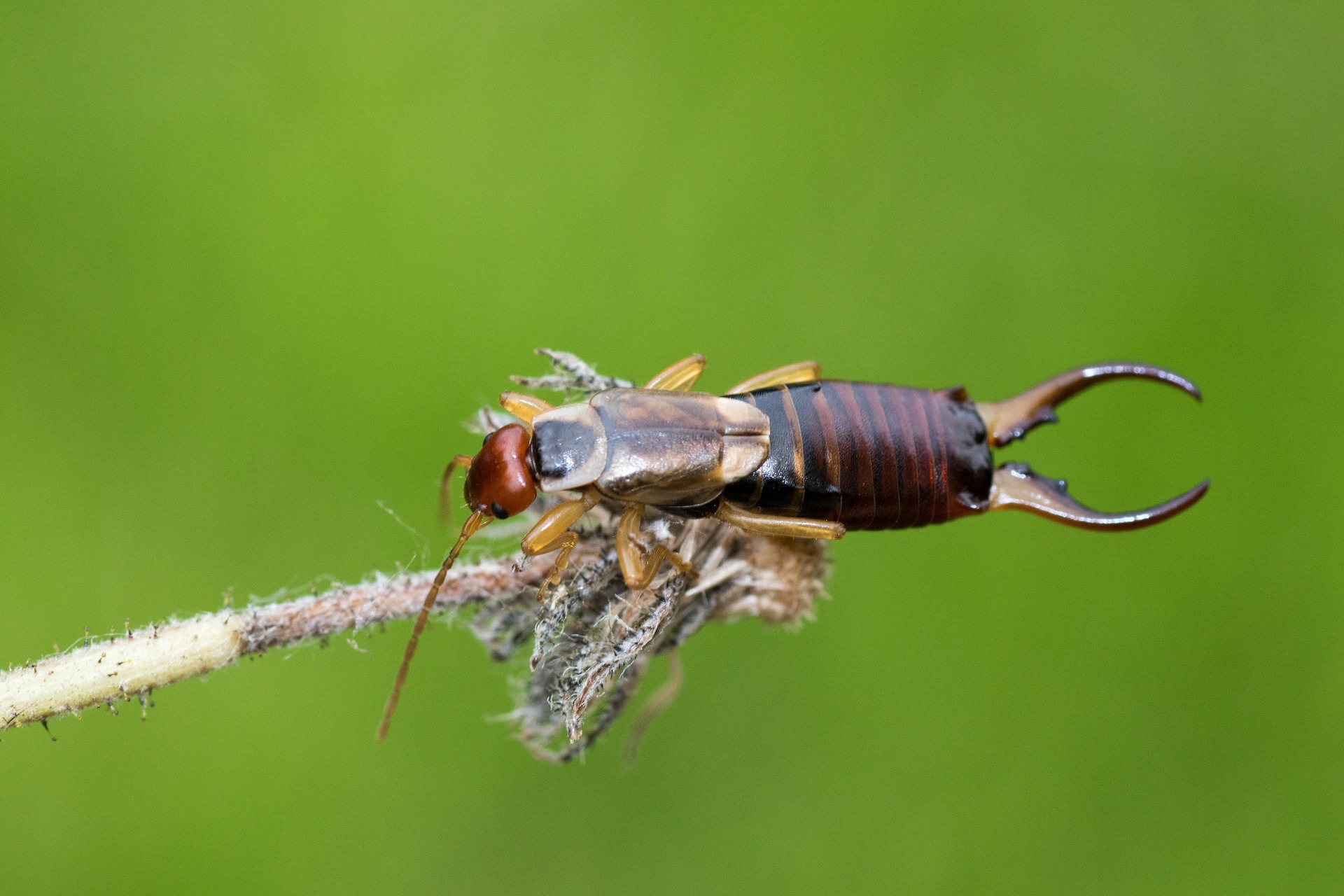Something about earwigs feels unsettling. Maybe it’s the pincers, or the eerie way they vanish when disturbed. These narrow-bodied insects show up in all the wrong places, tucked behind bathroom tiles, hiding beneath mulch, even crawling out of folded towels. Although mostly harmless, they’ve earned their spot as one of the more startling household intruders.
Despite old wives’ tales, they won’t burrow into your ears. But they do love tight spaces and dark, moist corners. If crumbs or decaying matter are nearby, they’re in no rush to leave. Knowing what draws them in is your first step to showing them the door.



